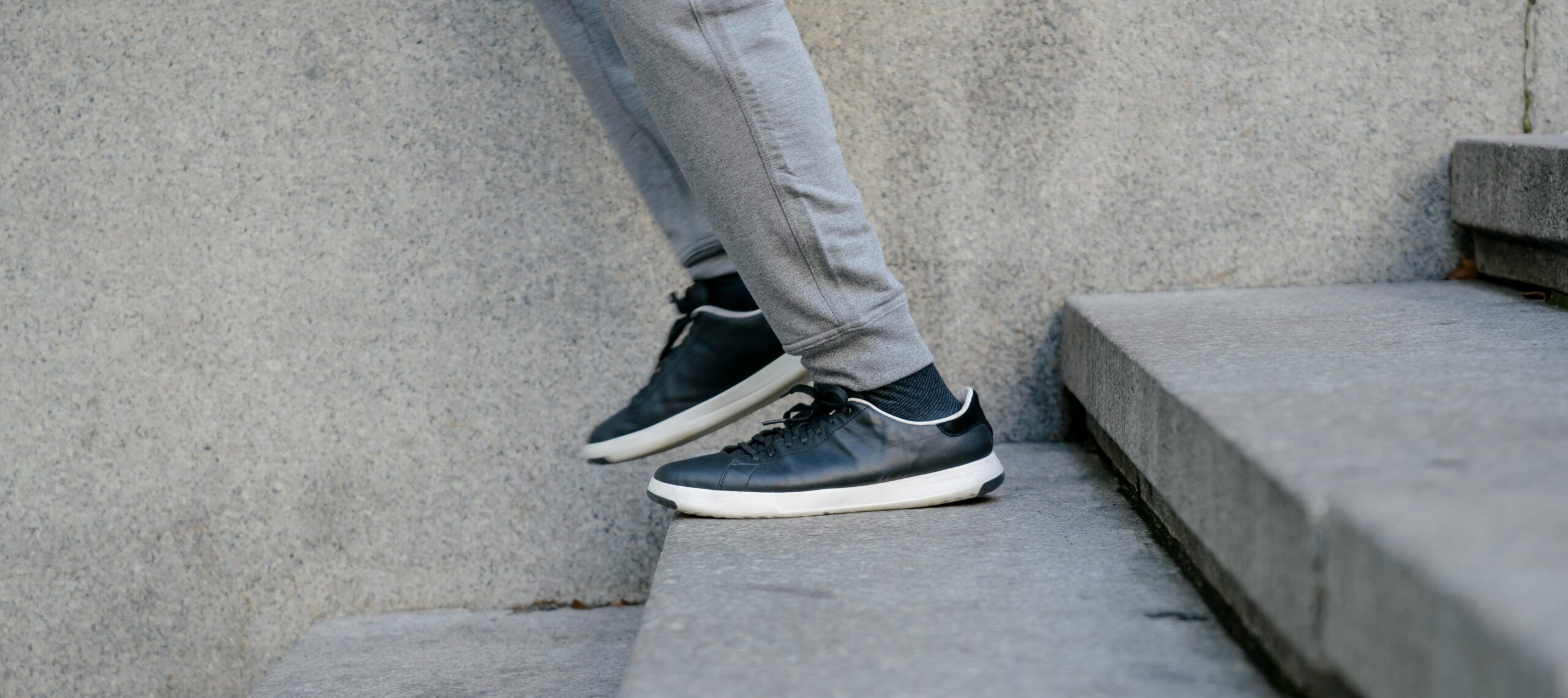When it comes to preventing injuries, understanding the kinetic chain is key for both athletes and anyone else participating physical activity. When one part of this chain becomes hurt, weak or dysfunctional, it can lead to compensation patterns that put unneeded stress on other areas, increasing the risk of injury. It’s an absolute must to analyze these patterns for maintaining movement integrity, force production and overall physical health, whether on the field or during daily tasks.
What is it?:
The kinetic chain is a concept that views the body as a series of interconnected parts (the bones, muscles, joints, and connective tissues) working in unison to perform movement. Much like a chain made of links, each part affects the others. For example, a breakdown in the mobility of your ankles can compromise knee stability to then potentially lead to hip or lower back pains or injury. This chain of interconnectedness means that when one section is out of alignment or weakened, the body must adjust, often creating inefficient and comprimising movement patterns. This concept is essential not only for athletes but for anyone who wants to move safely and efficiently throughout their daily life, from walking and lifting to more complex activities.
Performance and Training:
#unleashthepotential
Written by:
Dan Aquino
BS, ASFA-CPT
Take action… Now!
Training Aspects Personal Training and Sports Performance:
Visit us: Inside of the Flyers Training Center 601 Laurel Oak Rd. Voorhees, NJ 08043



